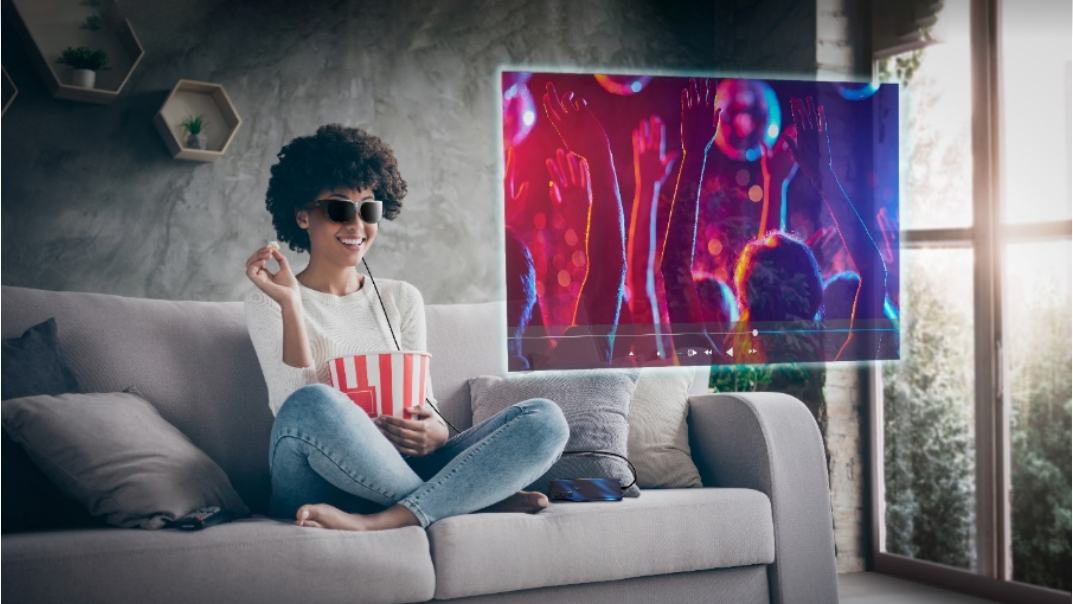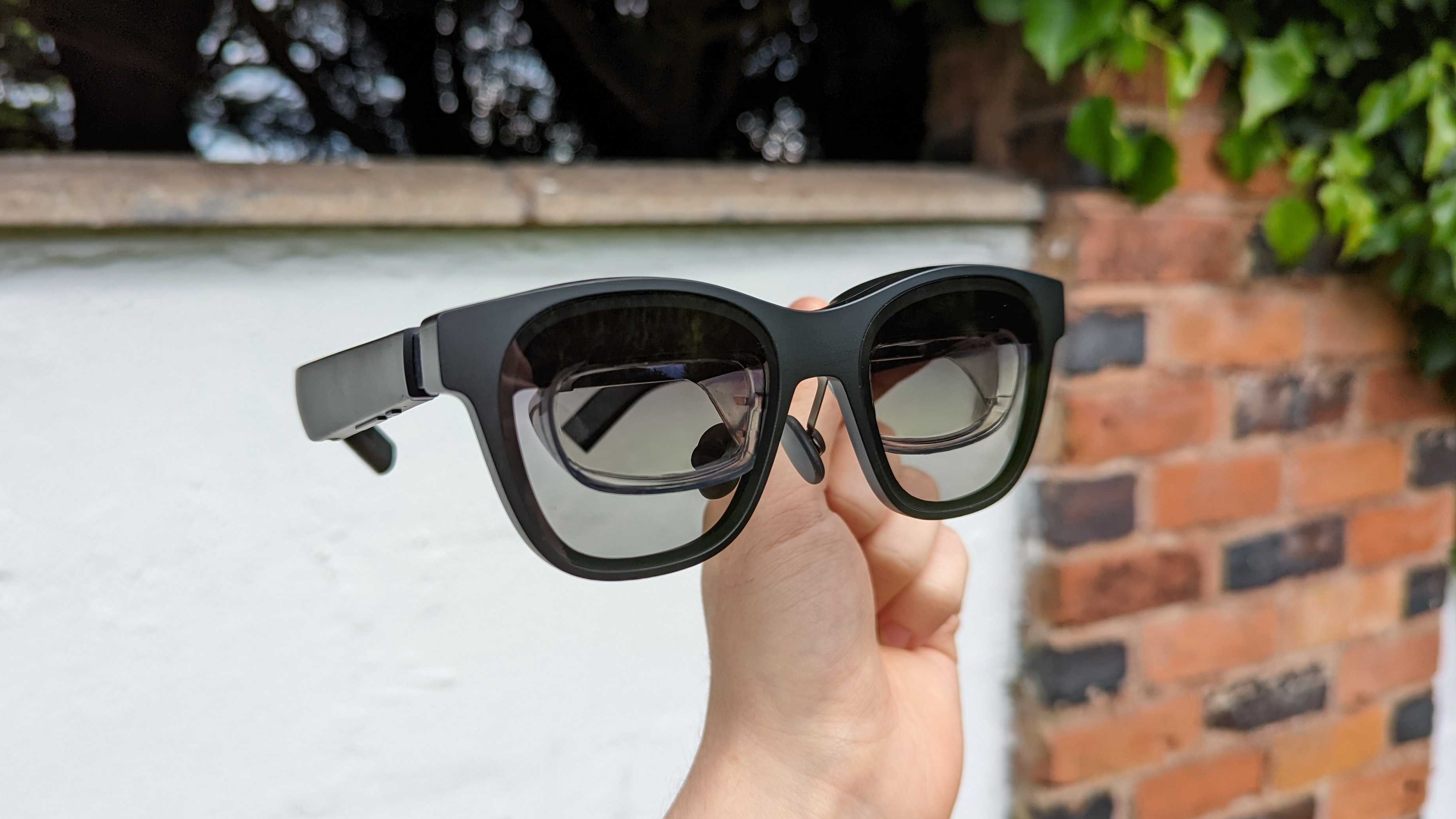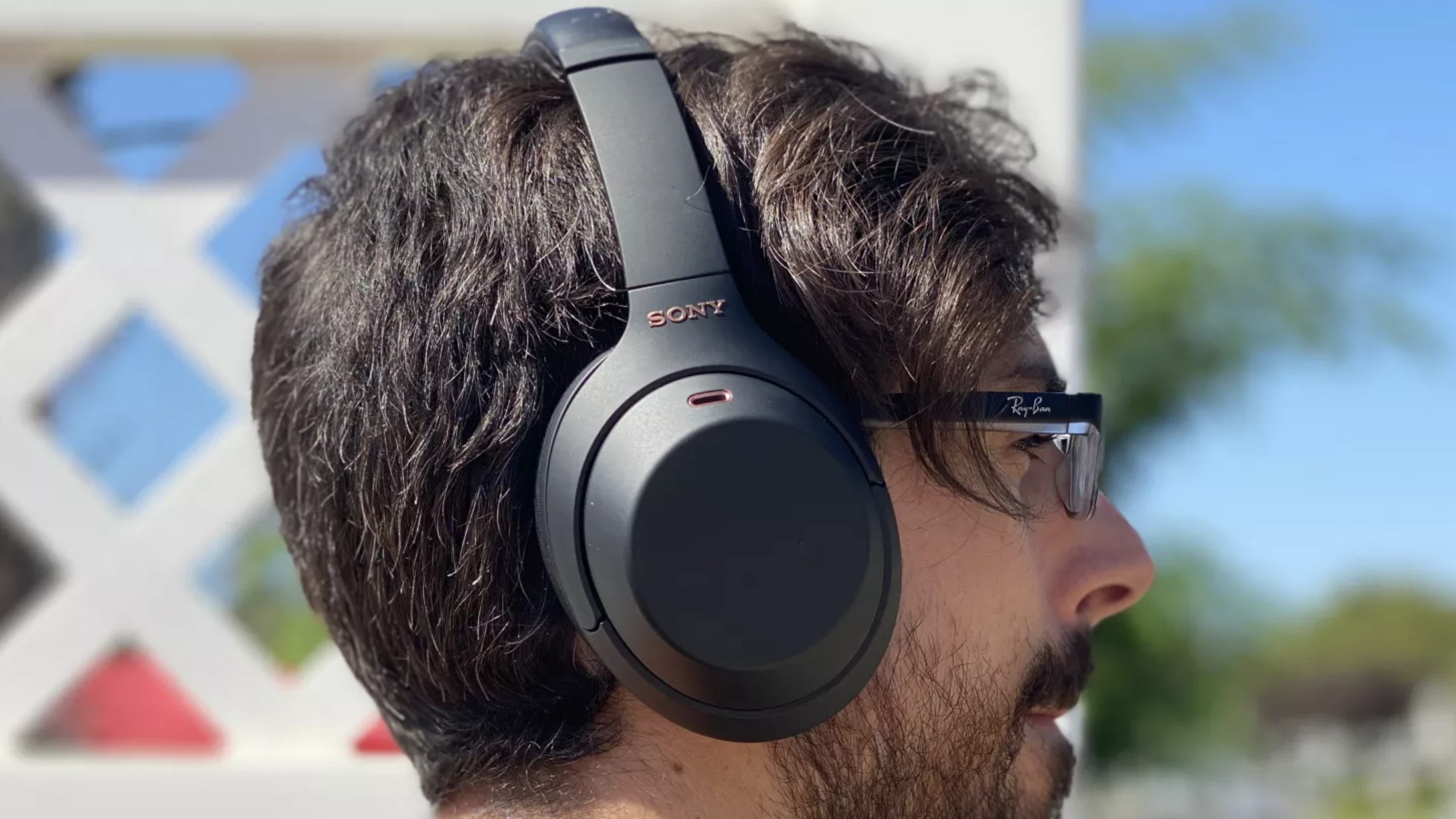If Lenovo’s new AR glasses can stick the landing I’ll be first in line to get a pair
I liked the Nreal Airs, but I might love the Lenovo Glasses T1

Lenovo is gearing up to launch an all-new product: a pair of AR glasses for your smartphone, tablet, and computer.
The Lenovo Glasses T1 AR wearable can be connected to a compatible device via a USB-C wired connection, and display a virtual screen that seemingly floats in the space in front of you. For your smartphone, this means blowing the size up considerably, making it feel like you’re watching a virtual TV.
If this all sounds a bit familiar, that’s because there’s a pair of smart glasses that does all of this already: the Nreal Air AR glasses.
The Nreal Air specs can also connect to your smartphone via a wired connection to increase your display size, and the similarities don’t stop there. Both AR specs offer a 1920 x 1080 resolution per eye (giving you a Full HD image), both boast OLED displays, and both seem to have solid audio capabilities.
Lenovo is promising that its T1 glasses will feature high-fidelity built-in speakers, and after the surprisingly impressive performance of the Nreal specs’ speakers, we’re expecting Lenovo’s to sound decent too.

Both glasses even look pretty similar – though the Nreal headset might look a little more stylish based on the pictures we’ve seen. Despite the similarities, though, both glasses have their own clear pros and cons.
Competing for first place
The biggest improvement that Lenovo’s new glasses will offer over the Nreal Air smart glasses is compatibility.
Get daily insight, inspiration and deals in your inbox
Sign up for breaking news, reviews, opinion, top tech deals, and more.
Officially, Nreal’s AR specs only work with a handful of handsets, including the Samsung Galaxy Z Fold 3, the Samsung Galaxy S21 5G, and the Oppo Find X5. I was told by Nreal that some tablets and laptops might work with the glasses as well, but I wasn't given an official list of which models were or weren’t compatible.
By contrast, Lenovo is promising out the gate that its smartglasses will work with “most full-function USB-C-equipped Windows, Android, and macOS devices.” What’s more, thanks to a bundled adaptor it also says its Lenovo Glasses T1 wearable will be compatible with your iPhone 12 and iPhone 13, giving iOS users a chance to experience the joys of AR smart glasses.
But, even though Lenovo’s specs will work with more devices, the experience might not be as good.
That’s because while both specs promise a Full HD OLED display, Lenovo’s T1 glasses only offer a 10,000:1 contrast ratio compared with the Nreal Air’s 100,000:1. What’s more, Nreal's glasses offer a 90Hz refresh rate compared with Lenovo’s mere 60Hz.
This means that seeing the image produced by Lenovo's glasses might be harder if you're in a bright room, and video won't look as smooth compared with Nreal's glasses.
If your phone is compatible with both headsets, based on the specs alone it looks like Nreal has the edge. That said, you might want to hold off on buying a pair until we’ve had a chance to try out Lenovo’s offering for ourselves.
And that’s not just because Lenovo’s AR wearable could be better than they seem, but because its lower specs could avoid Nreal’s biggest issue: price.
It’s all about the money
The Nreal Air AR glasses are without a doubt the best gadget I’ve ever tested for TechRadar, but at £400 (around $465 / AU$680) I wasn’t rushing out to buy a pair when EE asked me to return the pair they'd loaned me.
The private cinema experience they offered did make my commute much more enjoyable, but £400 is a lot to cough up when my smartphone already has a decent screen. If I really wanted to upgrade my commuting setup I’d get more bang for my buck by spending half that amount on a pair of the best headphones we’ve tested (like the Sony WH-1000XM4s).

The Nreal Air AR glasses did boast a few extra features that could to help justify their cost – like an immersive cycling app, and a virtual multi-monitor setup that felt very Iron man-esque – but none of them worked particularly well.
Before declaring a victor in this fight I'll need to know if the Lenovo Glasses T1 offer any noteworthy bonus features and, more importantly, how much they cost. If they live up to their promise, and if the price sits nearer $230 / £200 / AU$340, then I’ll be ready to snag a pair as soon as I can.
Unfortunately, we’ll have to wait on that price a bit longer. Lenovo won’t be announcing the cost of the Lenovo Glasses T1 until they go on sale, in late 2022 in China and 2023 in other markets in 2023. For now, we’ll have to leave the match undecided, but when we know a few more details there’s likely to be a clear winner and loser, so be sure to check back for our verdict when Lenovo finally does reveal more details.

Hamish is a Senior Staff Writer for TechRadar and you’ll see his name appearing on articles across nearly every topic on the site from smart home deals to speaker reviews to graphics card news and everything in between. He uses his broad range of knowledge to help explain the latest gadgets and if they’re a must-buy or a fad fueled by hype. Though his specialty is writing about everything going on in the world of virtual reality and augmented reality.